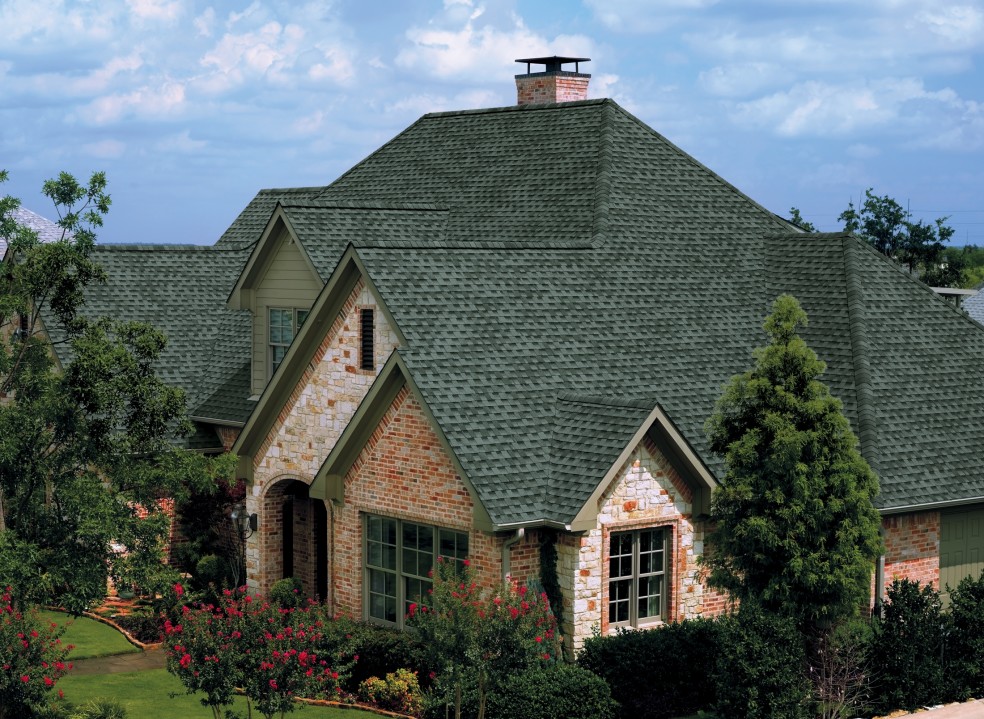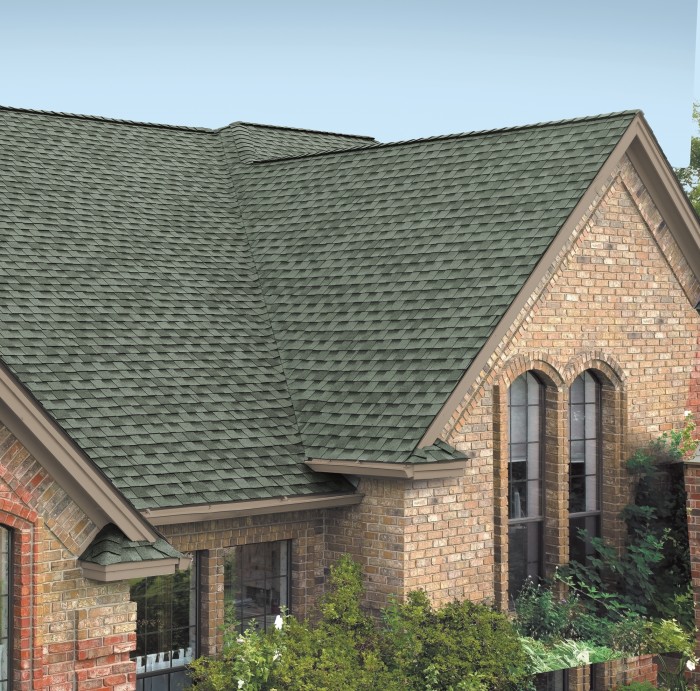
Last week, we explained all of the different components of a new roof. This week, we will explain how to maintain your new roof to make sure you won’t have to replace it again in a few years. This guide was created with help from our biggest roofing supplier, GAF. We hope you learn a little something!
Before diving into the best ways to keep your roof maintained, it’s important that we first talk about what factors can cause a roof to get worn down, cause problems or even premature failure:
Exposure – Long-term exposure to the elements…sun, rain, ice, and snow, will naturally speed up the wearing process on your roof. Short-term exposure to any damaging chemicals or pollutants in the air can also wear a roof out faster than expected.
Extreme Weather – High winds, hail, lightning, and heavy rain can all cause roof damage and serious problems, especially if the damage is not properly repaired.
Structural Movement – If your home’s foundation shifts, or you make expansions or contractions to your home that is not accommodated by the roofing system, it can definitely cause wear and tear to the roof.
Biological Growth – If vegetation grows on the roof due to standing water, it can wear down the area around it very quickly.
Not fixing problems in a timely manner – Small problems are going to arise with your roof, and if they are not repaired promptly, those small issues will begin to add up and cause damage not only to the roof but to the insulation underneath it.
Forgetting about maintenance – The easiest way to wear out a roof quickly is to forget about maintenance altogether…hence this blog post!
Now that you understand more about the things that can cause damage or wear to your roof, it’s time to learn the best ways to keep your roof maintained to try to avoid premature failure.
- Maintain your records – make sure to keep a file of all of your records from your roof replacement, warranty, and any repair work you’ve had done since getting the new roof. This will be very helpful when you need to have any additional repairs or need additional roofing equipment.
- Perform routine inspections – you should perform routine roofing inspections twice a year (once in the fall and again in the spring) to make sure you stay on top of anything that may need to be repaired or prepped for the upcoming season.
- Inspect roof after severe weather – after a thunderstorm, heavy rain, or snow showers, make sure to check inside your attic for leaks, as well as check the roof for any missing shingles. If any damage is done, make sure you have it repaired as soon as possible.
- Make necessary repairs – anytime you notice a problem that may be attributed to your roof, i.e. leaks in the attic, mold build-up, or missing shingles, make all necessary repairs as soon as you can. This will save a lot of headache in the future and prevent any further damage.
- Keep the roof clean – promptly removing debris from the roof and gutters (such as leaves, branches, rocks, dirt and trash) will help prevent punctures in the roof and dangerous clogs in the gutters that could lead to water damage.
- Maintain masonry – keep masonry in good condition by examining it for cracks, bad mortar joints, deteriorating sealant, etc. and making the necessary repairs as soon as possible to prevent water infiltration.
- Maintain rooftop equipment – check out any rooftop equipment that could allow water infiltration. This could include A/Cs, vents, duct work, satellite dishes, etc.
- Minimize rooftop traffic – keep track of who is allowed to go on top of your roof, and limit access to just necessary personnel because heavy traffic on the roof could wear it out quickly.

At Archway, we provide a ton of information about roofing maintenance and the best ways to take care of your new roof. When it’s time to get a roof replacement, we hope you will contact us to speak with one of our roof replacement specialists today!
